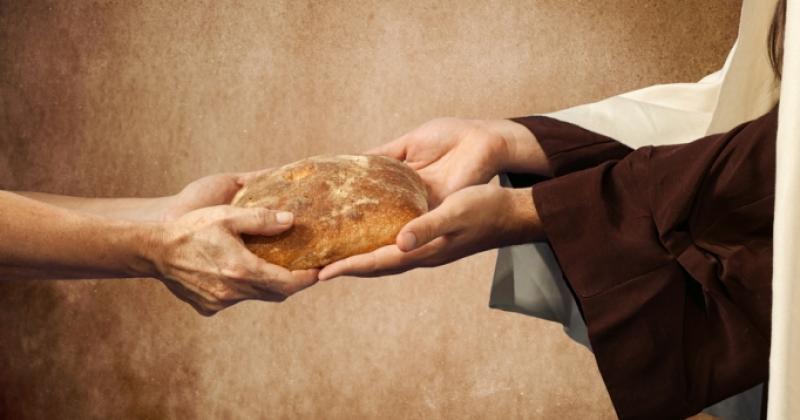For 10 years, I lived in Ukiah, California (population 16,036), in a little cottage situated between St. Peter’s Eastern Catholic Church on the one side and a dilapidated footbridge where homeless people frequently gathered and occasionally slept on the other.
Ukiah has one of the highest homeless rates in the nation. As a 73-year-old widow living alone, I tried to discern who it was safe to talk to, who to ignore, and when it was time to call the police.
While there, I came to meet and know many homeless people. Here’s a little story I wrote about my experience.
Chris, 36, had been clean from drugs for only six months since he was 13. He went through a six-month rehab program, but he went back on drugs almost the day he got out. He figured to get clean and sober he needs a program at least a year long. He ended up on the streets after he got angry while working at a vineyard and punched his boss. Chris is strong and loves to work with his hands. He eagerly volunteered to fix my mailbox when a car backed into it and knocked it over. He put that mailbox back into the ground as if it were set in concrete.
John Jay, in his early 40s, came to California from Georgia. He had a job lined up to help him get off the streets. Unfortunately, he can barely read or write, had no bank account, and needed his birth certificate before his would-be employer could hire him.
I couldn’t help Chris beat his drug habit, but I could help John Jay. I walked with him over to the social-services office, filled out the paperwork for him, and wrote a $15 check so he could get his birth certificate. I haven’t seen John Jay for several months. I hope he got that new job and he’s doing well.
It was around 4:30pm on Christmas Eve after a heavy rain, and a homeless man I’d never seen before was standing on the bridge. He had the typical grocery cart stacked high with his belongings, and his face appeared brooding and unfriendly. I decided to ignore this one. Then he beckoned to me.
It turned out he was a deaf mute. He struggled, using a combination of sign language and partial words, to ask if it was okay that he’d used the water from the outdoor faucet in my side yard to wash his hair. At least I thought that’s what he was asking. I smiled and gave him the “okay” sign and went inside, where a loaf of the homemade bread I’d just baked for our Christmas Eve church celebration was still cooling on the racks.
I recalled Christ’s words: “Lord, when did we see you hungry and feed you, or thirsty and give you a drink?” And Christ replied, “Truly, as you did it to one of the least of my brothers, you did it to me.”
So I sliced the warm loaf in half, cut up a fresh orange and placed both in zip-lock bags. Then I took them out and gave them to the man on the bridge.
He smiled broadly. I hugged him. He was soaking wet from the rain. He walked across the bridge and disappeared into the night. I haven’t seen him since.
As a Christian, I’m frequently asked, “Where is your God? If he’s so loving and powerful, why are there so many poor, lost people in the world?”
Such questions, often asked in an angry tone, are meant to be unanswerable.
Yet the answer is simple. St. Teresa of Calcutta saw the hidden face of Christ in every person she met — especially in the poorest of the poor.
Christ is a 13-year-old boy on drugs who came from a broken family and never grew up. Christ is an illiterate man from Georgia who needs his birth certificate to get a job. Christ is a deaf mute wandering around alone in this dark world in the rain.
In our increasingly anti-Christian nation, where “In God We Trust” is all too frequently regarded as just an empty slogan on a dollar bill, those of us who have the eyes to see Jesus are called to open our hearts and be his hands, his ears and his mouth. As we enter this beautiful Christmas season, let us all seek Christ in every face that we meet.
